Magnitude 7.223 Apparent magnitude (V) 7.223 | ||
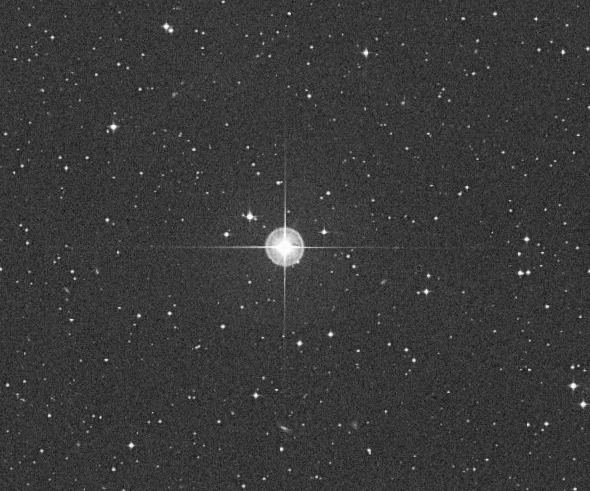 | ||
Similar HE 1523‑0901, Alpha Librae, SMSS J03130036‑6708393, PSR B1620‑26 b, Gliese 570 | ||
HD 140283, informally nicknamed Methuselah star, is a metal-poor subgiant star about 190 light years away from the Earth in the constellation Libra. Its apparent magnitude is 7.223. The star has been known to astronomers for over a century as a high-velocity star, and an early spectroscopic analysis by Chamberlain and Aller found it to have a substantially lower metal content than the Sun. Modern spectroscopic analyses find an iron content about a factor of 250 lower than that of the Sun. It is one of the closest Population II stars to us.
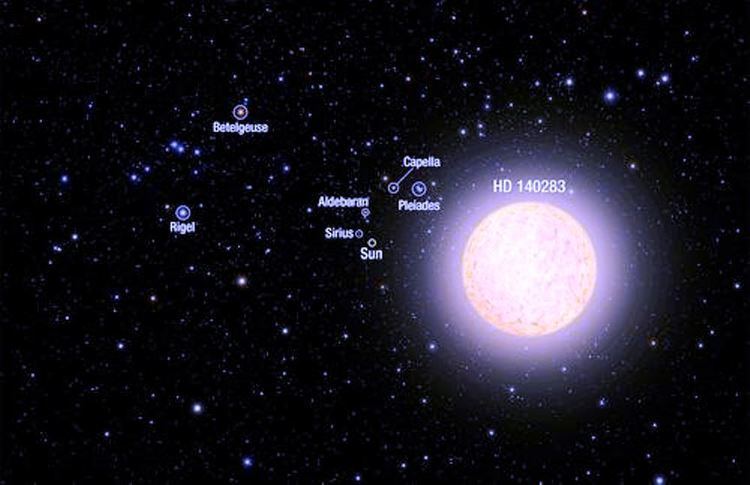
Age and significance
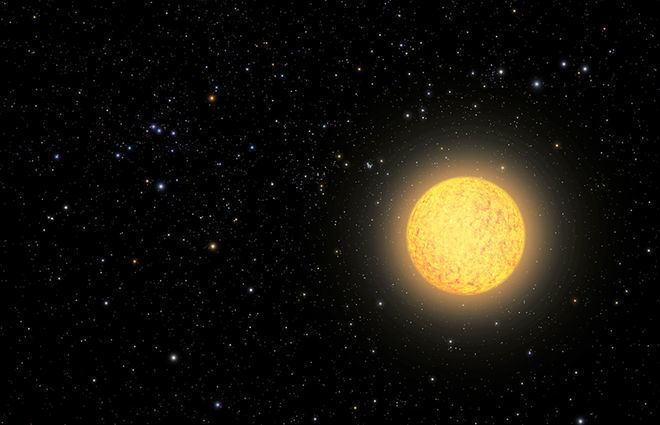
Because HD 140283 is neither on the main sequence nor a red giant, its position in the Hertzsprung-Russell diagram can be interpreted with theoretical models of stellar evolution to infer the stellar age. For field stars (as opposed to stars in clusters) it is rare to know a star's luminosity, surface temperature and composition precisely enough to get a well-constrained value for the stellar age; because of their relative scarcity, this is even rarer for a Population II star like HD 140283. One recent study used the Fine Guidance Sensors of NASA's Hubble Space Telescope to measure a precise parallax (and therefore distance and luminosity) for the star, and employ this information to estimate an age for the star of 14.46 ± 0.8 billion years. Due to the uncertainty in the value, this age for the star may not conflict with the age of the Universe determined by the Planck satellite, 13.799 ± 0.021. Once dubbed the "Methuselah Star" by the popular press due to its age, the star must have formed soon after the Big Bang and is one of the oldest stars known. Accurate determinations of the ages of metal-poor stars, such as HD 140283 and those in globular clusters, set a lower limit for the possible age of the Universe independent of cosmological theory or observations.
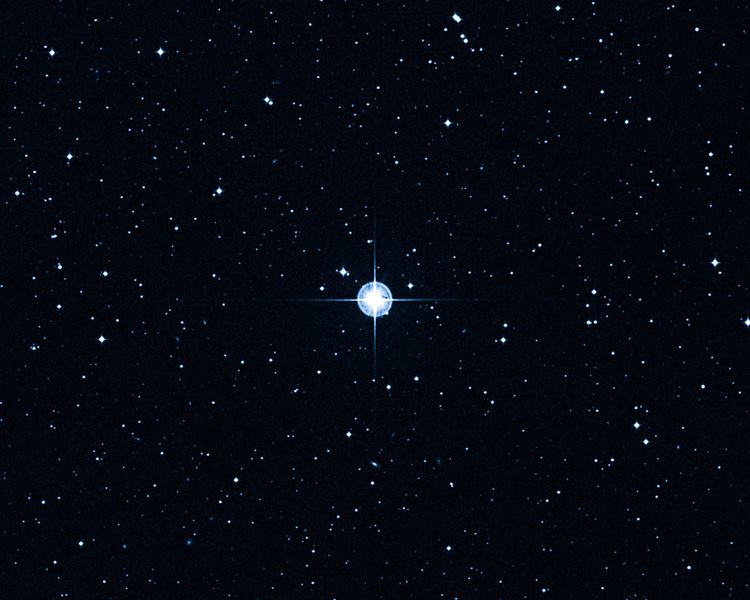
Studies of the star also help astronomers understand the Universe's early history. Very low but non-zero metallicities of stars like HD 140283 indicate the star was born in the second generation of stellar creation; their heavy-element content is believed to have come from truly zero-metal stars (Population III stars), none of which have yet been identified. The first stars are thought to have been born a few hundred million years after the Big Bang, and they died in supernova explosions after only a few million years. A second generation of stars, the generation in which HD 140283 is theorized to have been born, could not have coalesced until gas, heated from the supernova explosions of the earlier stars, cooled down. The age of HD 140283 indicates that the time it took for the gases to cool was likely only a few tens of millions of years.
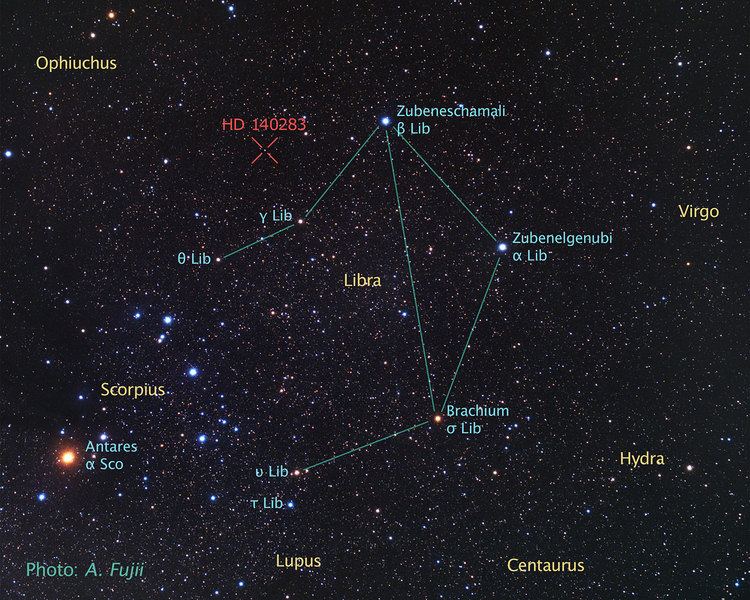
The relative proportions of the heavy elements in metal-poor stars like HD 140283 also inform us about the nucleosynthetic yield and therefore the internal state of the now-extinct Population III stars. Like HD 122563, CS22892-0052, and CD -38 245, HD 140283 has an excesses of oxygen and the alpha elements relative to iron: while the proportions of these elements is much lower in HD 140283 than in the Sun, they are not as low as is the case for iron. The implication is that the first population of stars generated the alpha elements preferentially to other groups of elements, including the iron peak and s-process. Unlike those other metal-poor stars, HD 140283 has a detectable amount of lithium, a consequence of HD 140283 having not yet evolved into a red giant and thus has not yet undergone the first dredge-up.
